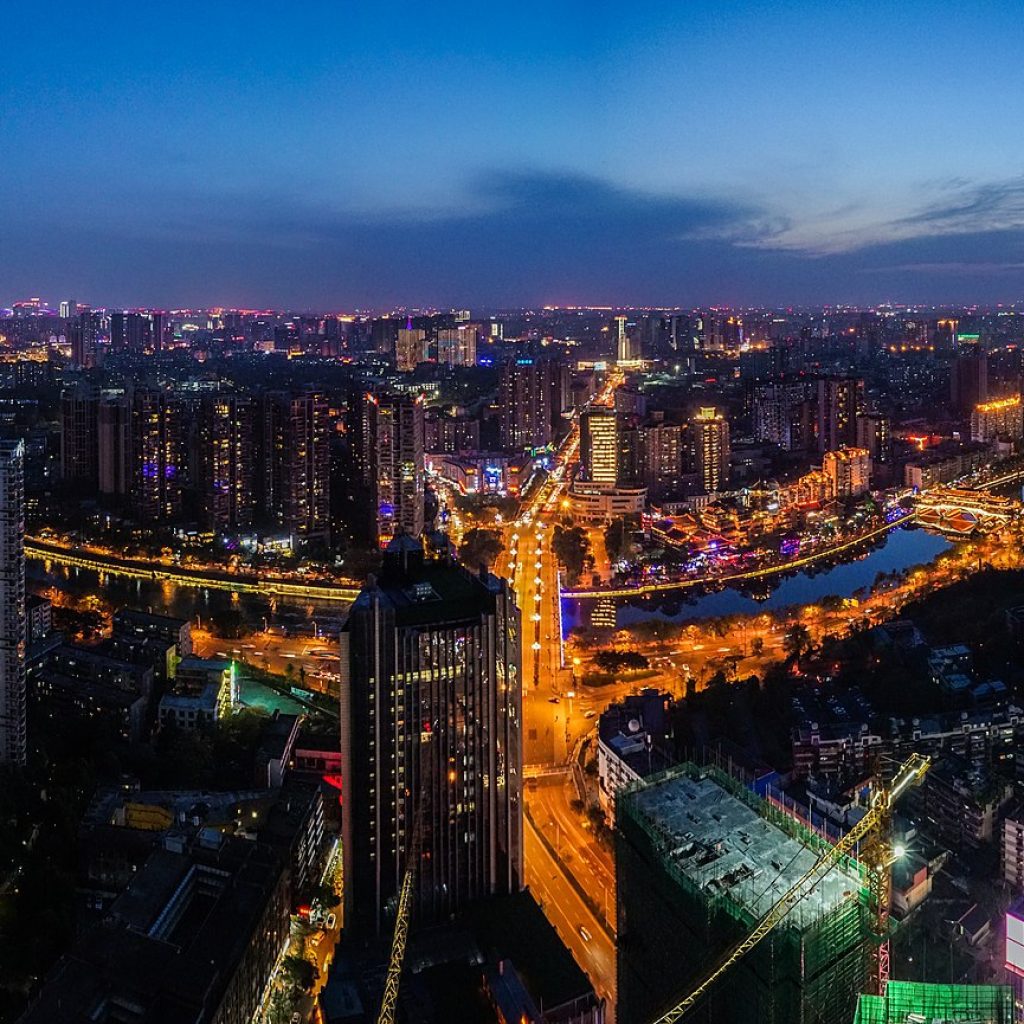China’s low-altitude economy is taking off, driven by manned and unmanned aircraft activities within 3,000 meters of airspace. Over 30 cities, including Shenzhen, Guangzhou, Suzhou, Nanjing, Beijing, Hefei, and Chengdu, have issued guidelines to develop this strategic industry. But how can these cities avoid redundant efforts and carve out their unique paths? Chengdu, with its robust industrial foundation and strategic plans, might just have the answer.

By Prcmise – Own work, CC BY-SA 4.0, https://commons.wikimedia.org/w/index.php?curid=71790458
Chengdu is not just another player in the low-altitude economy race; it’s poised to become a leader. The city boasts strong capabilities in aerospace, drones, automotive, and electronics sectors. According to Professor Luo Jun, Secretary-General of the China Low-Altitude Economy Alliance, Chengdu’s strategic investments in new aerial technologies like flying cars give it a significant edge. “Chengdu has the potential to be a frontrunner in the low-altitude economy,” Luo Jun remarked. “With solid top-level design and actionable five-year plans, the city can capitalize on its unique strengths in cultural tourism, short-distance transport, point-to-point logistics, and talent development.”

To avoid low-level competition and redundant development, Luo Jun suggests a three-step strategy for Chengdu: First, develop a visionary yet practical plan, focusing on building an ecosystem before expanding the industrial chain. Second, identify and prioritize breakthrough applications in sectors like tourism and logistics. Third, leverage both domestic and international collaborations to foster innovation and growth.
Chengdu’s strategy includes concentrating resources to create industrial clusters, promoting the aggregation of upstream and downstream industries. While many local governments are focusing on attracting eVTOL (electric vertical takeoff and landing) and drone companies, Luo Jun warns that the real challenge lies in avoiding risks during the industrial layout process.
eVTOLs are set to revolutionize air travel and logistics, driven by advancements in AI, autonomous driving, and electric technologies. As low-altitude policies open up, these vehicles will become essential tools for air taxis, sightseeing, and specialized deliveries. However, the future will also bring more advanced high-tech aircraft, and outdated models will face elimination. Currently, most operations are below 300 meters, but future regulations will extend this to 3,000 meters, signaling a golden era for general aviation.
Significant breakthroughs in the low-altitude economy won’t happen overnight, especially without fully developed regulatory frameworks, infrastructure, and support services. Luo Jun advises a phased approach, emphasizing the importance of building a robust ecosystem before scaling up. The opening of China’s low-altitude airspace has attracted global attention from the general aviation industry, with leading companies eager to enter the market. Rushing to develop low-quality industries could lead to obsolescence within a few years.
To further support this burgeoning sector, the China Low-Altitude Economy Alliance—a think tank platform initiated by various stakeholders—will soon be established. This alliance aims to offer policy suggestions, reflect industry needs, and promote industrial research, talent development, and cluster growth.
Chengdu has all the ingredients to become a leader in China’s low-altitude economy. By leveraging its strengths, fostering industrial clusters, and following a strategic, phased development approach, the city can set a benchmark for others to follow. The sky is not the limit; it’s just the beginning.
Leave a Reply